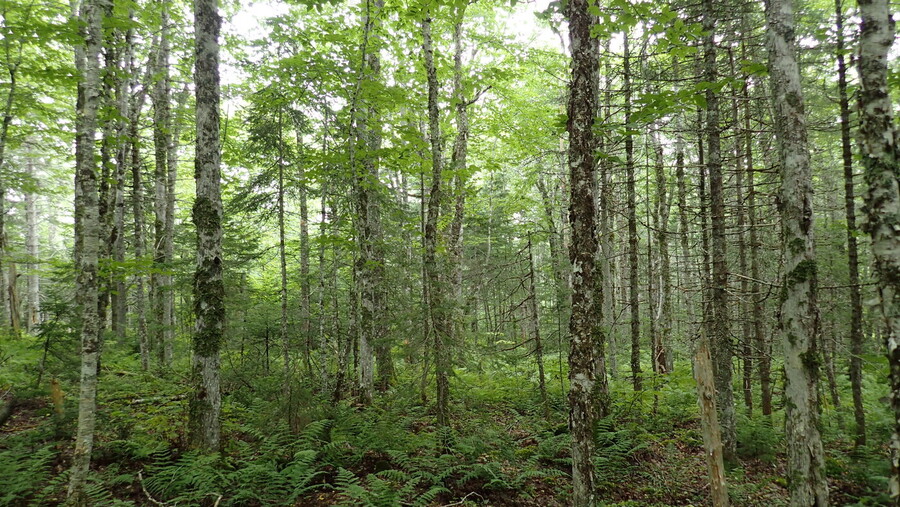I recently returned from some weeks in Canada, on Cape Breton Island at the old family farm. As always, it was lovely to connect with the land and woods, catch up with rural neighbors, hear the chorus of “peepers” in the evening, and enjoy periodic sightings of local foxes, coyotes and bears.
What was unusual this time was waking up one morning to an orange glow in the sky. For us as northern Californians who’ve lived through many devastating wildfires in recent years, it was an eerily familiar sight. This time, the smoke came from Canadian forest fires in Nova Scotia and beyond.
Interwoven crises
When that smoke made its way south, people in New York City and other cities and towns in the East joined those of us out West — and around the world — who’ve experienced first-hand the dramatic effects of fires in a changing climate.
We’re now in the dangerous, uncharted territory climate scientists have been warning us about for decades. Meanwhile, biologists and toxicologists are also sounding the alarm about surpassing the “planetary boundary” for chemical pollution, beyond which the ecosystems we’re all part of will fail.
Climate change and chemical pollution are key components of what Commonweal founder Michael Lerner calls the global “polycrisis,” and these two crises are interlinked in multiple ways.
Just a few examples of many:
- climate-associated natural disasters such as hurricanes and floods can lead to catastrophic chemical releases;
- toxic substances trapped in Arctic ice for decades are now circulating in the environment;
- petrochemicals (e.g., plastics and pesticides) release toxic chemicals across their lifecycle of extraction, production, use and disposal — and contribute significant greenhouse gas emissions.
Both climate change and chemical pollution are driven by the fossil fuel industry, which continues to oppose and undermine the entirely feasible changes needed to protect people and the planet.
Double-duty solutions
The interlinked nature of these crises also offers an opportunity. In an elegant example of the “Multisolving” approach promoted by Elizabeth Sawin and others, reducing production and use of petrochemicals will, without question, protect people’s health, address environmental injustices, and slow climate change.
That’s why we’ve chosen to focus substantial energy, going forward, at this urgent intersection.
This year, we’re hosting conversations with scientists and affected communities about the harms of plastics across the lifecycle — from extraction through transportation to use and disposal, including their contribution to climate change. We’re highlighting solutions at every level, from the Global Plastics Treaty now under negotiation to the movement for Extended Producer Responsibility in statehouses across the US and more. Down the road, we’ll explore how our petrochemical-intensive agricultural system contributes to inequitable exposures, chemical overload and climate change.
We look forward to collaborating with the CHE community in this work, and we hope you’ll join these conversations, share webinars with your networks — and as always, let us know what you think.
Because not only do we need a liveable climate, but families in every community need — and deserve — clean and healthy water to drink, air to breathe and food to eat. And those peepers in the woods in Cape Breton deserve to thrive too.


